Home>Interior Design>Styling A Shelf: 10 Expert Tips For A Pretty Vignette
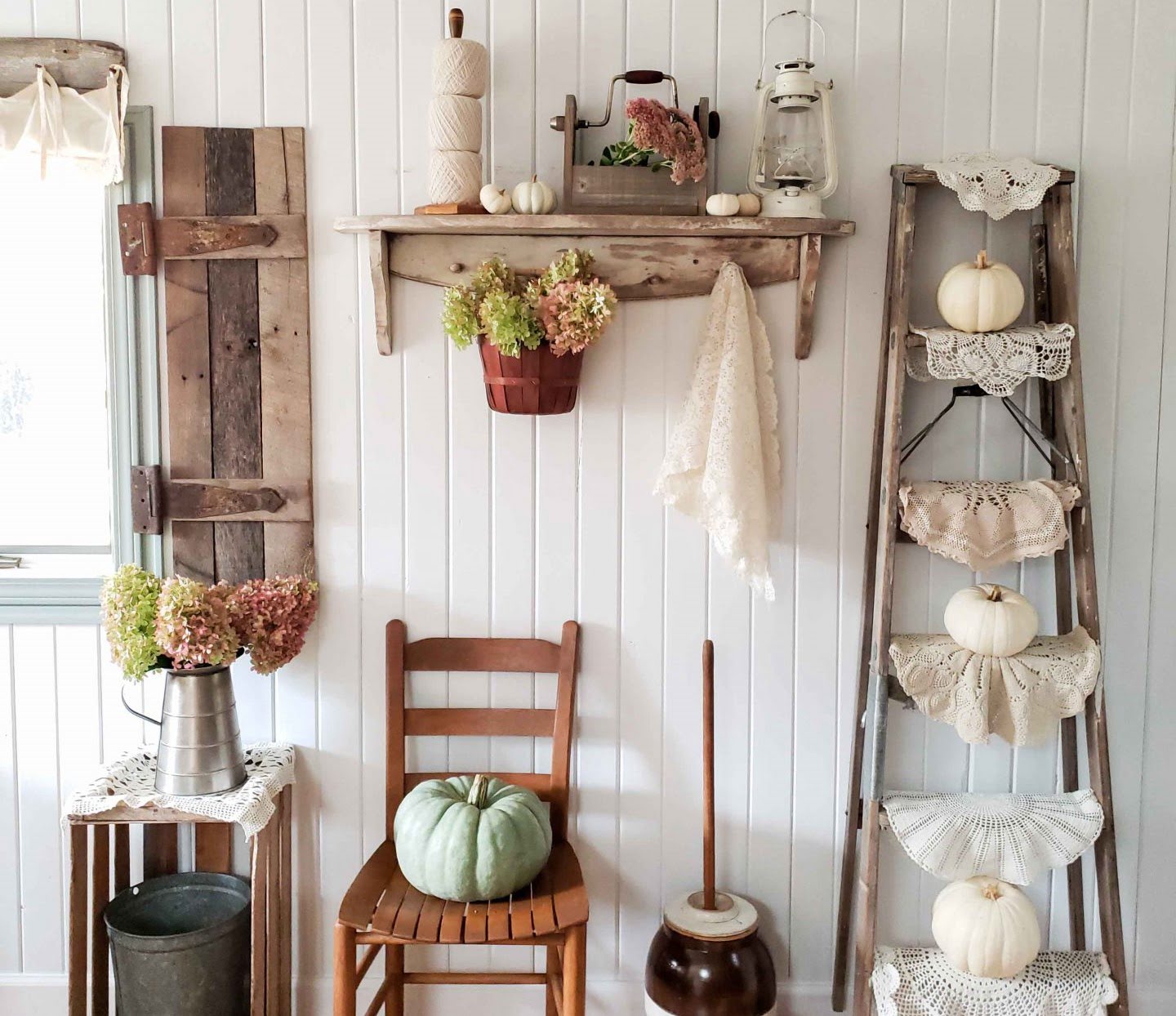

Interior Design
Styling A Shelf: 10 Expert Tips For A Pretty Vignette
Modified: October 29, 2024
Discover top expert tips for creating a stunning interior design vignette on your shelf. Enhance your home decor with these 10 styling ideas for a pretty and stylish display.
(Many of the links in this article redirect to a specific reviewed product. Your purchase of these products through affiliate links helps to generate commission for Storables.com, at no extra cost. Learn more)
Introduction
When it comes to interior design, a well-styled shelf can make a significant impact on the overall aesthetic of a room. A carefully curated vignette can showcase your personal style, display meaningful objects, and add a touch of creativity and personality to your space.
Styling a shelf may seem like a daunting task, especially if you’re not sure where to start. But fear not! With the right tips and tricks, you can transform your shelf into a stunning focal point that captures attention and creates a sense of harmony.
In this article, we will share 10 expert tips for styling a shelf to help you achieve a beautiful and visually appealing vignette. Whether you’re working with a bookshelf, a wall-mounted shelf, or a decorative display shelf, these tips will guide you in creating a stylish arrangement that reflects your unique taste and showcases your cherished items.
Key Takeaways:
- Elevate your shelf styling with a cohesive theme that reflects your personal taste and complements your room’s decor. Experiment with minimalist, nature-inspired, vintage, or artistic themes to create a visually harmonious display.
- Infuse life and personality into your shelf by incorporating plants, personal keepsakes, and favorite books. Mix textures, play with height and symmetry, and regularly refresh your display to create a visually captivating and ever-evolving vignette.
Tip 1: Selecting a Theme
Before you start styling your shelf, it’s important to decide on a cohesive theme or concept. Having a clear theme in mind will help you narrow down your choices and create a more visually pleasing arrangement.
Consider the overall style and decor of the room where the shelf is located. Is it modern and minimalistic, or does it have a more rustic and eclectic vibe? Choose a theme that complements the existing design elements and reflects your personal taste.
Some popular themes to consider are:
- Minimalist: Emphasize clean lines, simple color palettes, and minimal clutter to create a sleek and contemporary look.
- Nature-inspired: Incorporate elements of nature by using earthy tones, natural textures, and plants to bring a sense of tranquility and freshness to your shelf.
- Vintage: Add vintage charm with antique books, retro collectibles, and nostalgic items that tell a story and create a sense of nostalgia.
- Artistic: Showcase your passion for art by displaying artworks, sculptures, or art-inspired objects to bring an artistic touch to your shelf.
Once you’ve decided on a theme, use it as a guiding principle for selecting the items you want to display on your shelf. Stick to objects that fit within your chosen theme to maintain a cohesive and harmonious aesthetic.
Remember, selecting a theme is not about restricting yourself, but rather about creating a curated and well-thought-out display that tells a story and brings a sense of unity to your shelf. Experiment with different themes and find the one that resonates with you and reflects your personal style.
Tip 2: Choosing the Right Shelf
When it comes to styling a shelf, selecting the right type of shelf is crucial. The choice of shelf will not only impact the overall look of your display but also dictate the size and arrangement of the items you can showcase.
Consider the following factors when choosing a shelf:
- Size and Proportions: Take into account the dimensions of your space and choose a shelf that fits appropriately. A small shelf might be overwhelmed by large objects, while a large shelf can feel cluttered if not properly filled.
- Display Options: Look for shelves that offer a variety of display options, such as floating shelves, built-in shelves with different compartments, or adjustable shelves that can be customized to suit your needs. This will allow you to create a visually interesting arrangement and make the most out of your display.
- Material and Finish: Consider the material and finish of the shelf to ensure it complements the style of your room. For a modern and sleek look, opt for shelves made of glass or metal. For a more rustic or traditional feel, wooden shelves may be the perfect choice.
- Visibility: Think about whether you want your items to be fully visible or partially concealed. Open shelves allow for easy visibility and accessibility, while shelves with doors or glass enclosures offer a more curated and tidy look.
Additionally, consider the location of the shelf within the room. If it’s in a high-traffic area, you may want to choose a sturdier and more durable shelf. If it’s in a corner or alcove, you can opt for a more decorative and aesthetically pleasing design.
Ultimately, the key is to choose a shelf that not only complements the style of your space but also provides you with the flexibility to arrange and display your items in an appealing and functional manner.
Tip 3: Start with the Largest Items
When styling a shelf, it’s best to begin with the largest items first. These items will serve as anchors and set the foundation for the rest of your display.
Consider items such as large decorative vases, sculptural pieces, or oversized books. These substantial objects will add visual weight and make a statement on your shelf.
Place the largest item off-center to create visual interest and avoid a symmetrical look. Asymmetry adds a touch of whimsy and keeps the arrangement from appearing too predictable.
Once you’ve positioned the largest item, arrange the other items around it. Use varying heights and shapes to create a dynamic and visually appealing composition.
Remember, the goal is to create balance and harmony. If you have multiple large items, distribute them evenly across the shelf to prevent one side from feeling overloaded.
As you position the larger items, take a step back and assess the overall look. Adjust as needed until you achieve a balanced arrangement.
Starting with the largest items not only helps establish a focal point on your shelf but also provides a solid foundation upon which you can build and layer smaller objects.
By following this tip, you’ll create a visually striking display that grabs attention and sets the tone for the rest of your shelf styling.
Tip 4: Balance and Symmetry
Creating a balanced and symmetrical arrangement is essential in achieving a visually pleasing and harmonious shelf display. Balance refers to the distribution of visual weight, while symmetry involves mirroring objects and creating a sense of order.
Consider the following tips to achieve balance and symmetry:
- Equal Distribution: Distribute objects evenly across the shelf to achieve balance. Avoid clustering items on one side of the shelf, as this can create an unbalanced and cluttered look. Instead, aim for a symmetrical or balanced asymmetrical arrangement.
- Mirrored Placement: Place similar or identical objects on opposite sides of the shelf to create a symmetrical arrangement. This can be achieved by using pairs of vases, candleholders, or bookends. Mirroring objects creates a sense of order and visual harmony.
- Varying Heights: Create visual interest and balance by incorporating objects of varying heights. Mix shorter items with taller ones to prevent a monotonous and flat look. You can use stacked books or risers to elevate shorter items and add height to the display.
- Color Coordination: Use a cohesive color palette to bring unity to your shelf. Choose objects with complementary colors or stick to a monochromatic scheme. Color coordination adds a sense of order and visual harmony to the display.
While balance and symmetry are important, don’t be afraid to break the rules and introduce some asymmetry or negative space. This can add an element of surprise and create a more dynamic and interesting arrangement.
Remember to step back and assess the overall look of your shelf. Make adjustments as needed to achieve the desired balance and symmetry. Play around with different arrangements until you find the right balance that pleases your eye.
By incorporating balance and symmetry into your shelf styling, you’ll create a visually pleasing and aesthetically balanced display that showcases your items in a harmonious way.
Tip 5: Mixing Textures and Materials
One key element of creating an interesting and visually captivating shelf display is the incorporation of textures and materials. Mixing different textures and materials adds depth and dimension to your arrangement, making it more visually appealing.
Consider the following tips for mixing textures and materials:
- Contrast Smooth and Rough: Mix smooth and rough textures to create a balanced composition. For example, pair a polished ceramic vase with a textured woven basket or a smooth glass object with a rough wooden sculpture.
- Combine Natural and Man-made Materials: Incorporate both natural and man-made materials to add interest and variety. Mix items made of wood, stone, glass, metal, and textiles to create an eclectic and visually engaging display.
- Introduce Different Shapes and Forms: Experiment with objects of different shapes and forms to enhance the visual texture of your display. Combine curved and angular objects, cylindrical and square shapes, and tall and short items to create a visually dynamic arrangement.
- Use Textiles and Fabrics: Incorporate textiles and fabrics to add softness and warmth to your shelf. Place a textured throw or a stack of patterned pillows on a shelf to bring visual interest and create a cozy ambiance.
- Consider Reflective Surfaces: Incorporate objects with reflective surfaces, such as mirrors or metallic accents, to add a touch of glamour and elegance to your shelf display. These surfaces can also help to bounce light around the room and create a sense of space.
By mixing textures and materials, you’ll create a visually stimulating and multidimensional shelf display. The combination of different textures and materials adds richness and intrigue to your arrangement, making it more visually captivating.
Remember to find a balance between the textures and materials you choose. Too many conflicting textures can create a chaotic look, while too few can make the display appear bland. Experiment with different combinations until you achieve a cohesive and visually appealing mix.
By following this tip, you’ll transform your shelf into a sensory experience that not only showcases your items but also adds depth and interest to your space.
When styling a shelf, use a mix of heights, textures, and colors to create visual interest. Incorporate a variety of items such as books, vases, and artwork to add depth to the vignette.
Tip 6: Incorporating Plants and Greenery
One of the most effective ways to bring life and freshness to a shelf display is to incorporate plants and greenery. Plants not only add a pop of color but also bring a sense of nature and vibrancy to your arrangement.
Consider the following tips for incorporating plants and greenery on your shelf:
- Choose the Right Plants: Select plants that thrive in indoor environments and require minimal maintenance, such as succulents, pothos, or spider plants. Consider the lighting conditions and humidity of the room to ensure the plants will flourish in their new home.
- Group Plants of Different Sizes: Create visual interest by grouping plants of varying sizes and heights on your shelf. Mix tall and cascading plants with compact and upright ones to add dimension and create a more dynamic arrangement.
- Use Planters as Decorative Elements: Choose planters and pots that complement the style of your shelf and add to the overall aesthetic. Opt for decorative ceramic pots, textured planters, or hanging plant baskets to enhance the visual appeal.
- Layer Plants with Other Objects: Place plants alongside other objects on your shelf to create an integrated and cohesive display. Pair them with books, decorative objects, or artwork to achieve a harmonious arrangement.
- Care for Your Plants: Regularly water, trim, and care for your plants to ensure their health and longevity. Remove any dead leaves or blooms and dust the leaves to keep them looking vibrant and fresh.
Incorporating plants and greenery on your shelf not only adds a natural and organic element but also improves the air quality in your space. Plants have been shown to reduce stress, increase productivity, and create a calming atmosphere.
Remember to consider the size and space limitations of your shelf when choosing plants. Ensure they have enough room to grow and thrive without overcrowding the display.
By including plants and greenery on your shelf, you’ll infuse life and vitality into your space while creating a visually appealing and inviting atmosphere.
Tip 7: Adding Personal Items and Keepsakes
One of the most rewarding aspects of styling a shelf is the opportunity to showcase your personal items and keepsakes. Incorporating meaningful objects adds a personal touch to your display and tells a story about who you are.
Consider the following tips for adding personal items and keepsakes to your shelf:
- Display Memorabilia: Showcase items that hold sentimental value or have special meaning to you. Examples include travel souvenirs, family heirlooms, or items collected from significant events in your life.
- Include Photographs: Frame and display your favorite photographs on your shelf. These could be family portraits, vacation snapshots, or pictures of loved ones. Adding personal photographs brings a touch of nostalgia and warmth to your display.
- Highlight Hobbies and Interests: Incorporate items related to your hobbies and interests. If you’re a book lover, display your favorite books or a stack of novels. If you enjoy photography, showcase your camera or a collection of vintage cameras.
- Tell a Story: Arrange your personal items in a way that tells a story or conveys a specific message. For example, group together items from a memorable trip abroad or highlight objects from a particular era or theme.
- Rotate Items: Don’t be afraid to switch out items on your shelf periodically to keep the display fresh and meaningful. You can update the items based on seasons, holidays, or simply to showcase new additions to your collection.
Adding personal items and keepsakes to your shelf not only adds a layer of nostalgia and personal history but also makes your display unique and meaningful. It allows you to express your individuality and create a space that truly reflects who you are.
Remember to arrange your personal items in a way that complements the overall aesthetic and theme of your shelf. Integrate them with other decorative objects and ensure they are evenly distributed to maintain balance and visual harmony.
By incorporating personal items and keepsakes, you’ll create a shelf display that sparks conversation and brings joy every time you look at it.
Tip 8: Utilizing Books as Decorative Elements
Books are not only a source of knowledge and entertainment but also serve as versatile decorative elements when styling a shelf. Incorporating books into your display adds visual interest, texture, and a sense of intellectual charm.
Consider the following tips for utilizing books as decorative elements on your shelf:
- Arrange Books Vertically and Horizontally: Mix up the arrangement of your books by stacking some horizontally and standing others vertically. This variation adds visual interest and breaks up the monotony of a shelf full of upright books.
- Color Coordinate: Arrange books by color to create a visually pleasing display. You can organize them in a rainbow gradient or group books of similar tones together. Color coordination adds a cohesive and aesthetically pleasing element to your shelf.
- Use Books as Risers: Stack books horizontally to create a platform or riser for other objects. This technique adds height and dimension to your display, allowing you to showcase smaller items at different levels.
- Showcase Favorite Book Covers: Display books with visually appealing covers or artwork facing forward. This allows you to highlight their design and adds a decorative element to your shelf.
- Mix Books with Other Objects: Integrate books with other decorative objects to create a cohesive and visually pleasing arrangement. Place small vases, sculptures, or trinkets on top of stacks or use books as a backdrop for other items.
Books not only add visual appeal but also showcase your interests, intellect, and personal taste. Whether you arrange them by genre, author, or color, incorporating books into your shelf display creates a curated and sophisticated look.
Remember to have fun with your book arrangement and experiment with different styles. Mix hardcover and paperback books, vary their sizes, and create interesting combinations to add depth and character to your shelf.
By utilizing books as decorative elements, you’ll create a visually appealing and intellectually stimulating display that reflects your love for literature and adds a touch of sophistication to your space.
Tip 9: Playing with Height and Layering
Playing with height and layering is a crucial technique for creating depth and visual interest when styling a shelf. By strategically arranging objects at different heights and layering them, you can achieve a well-balanced and dynamic display.
Consider the following tips for playing with height and layering on your shelf:
- Use Risers or Bookends: Elevate objects by using risers or bookends to create different levels on your shelf. This allows you to showcase items that would otherwise be hidden or overshadowed by larger pieces.
- Stack Books or Decorative Boxes: Stack books or decorative boxes to create height variations and platforms for other objects. This technique adds depth and creates visual interest on your shelf.
- Overlap Objects: Layer objects by overlapping them slightly. This adds depth and richness to your display and creates a sense of depth and dimension.
- Lean Artwork or Mirrors: Lean artwork or mirrors against the back of the shelf to create a layered effect. This adds depth and reflects light, making the display more visually captivating.
- Consider Varying Heights: Place taller objects towards the back of the shelf and shorter objects towards the front. This creates a visually pleasing arrangement that guides the eye and adds dimension.
Playing with height and layering allows you to showcase your items effectively and adds a sense of visual intrigue to your shelf. It creates a visually appealing composition and draws the viewer’s attention to different elements within the display.
Remember to step back and assess the overall arrangement as you layer objects. Make sure there is a balance of heights and that the layered items complement each other in terms of size, form, and color.
By incorporating height and layering techniques, you’ll create a visually dynamic and engaging shelf display that captures attention and adds depth to your space.
Tip 10: Regularly Refresh and Rearrange
Styling a shelf is not a one-time task; it’s an ongoing process that allows you to experiment, explore, and evolve your display. To keep your shelf looking fresh and captivating, it’s important to regularly refresh and rearrange the items.
Consider the following tips for refreshing and rearranging your shelf:
- Seasonal Updates: Switch out items on your shelf to reflect the changing seasons. Incorporate seasonal decor, such as holiday decorations or seasonal flowers, to infuse your display with a timely and festive touch.
- Rotate Items: Swap out objects periodically to bring new elements into the spotlight. Store some items away and bring out others to create a rotation of decorative pieces. This keeps your shelf display exciting and prevents it from feeling stagnant.
- Reassess and Edit: Regularly reassess your selection of items on the shelf and edit accordingly. Remove objects that no longer bring you joy or don’t fit within the overall aesthetic. This allows you to maintain a curated and clutter-free display.
- Experiment with Placement: Don’t be afraid to try out different arrangements and compositions. Move objects around, swap positions, and play with different groupings to discover new visual harmonies and arrangements that you may not have considered before.
- Seek Inspiration: Look for inspiration in magazines, books, online resources, and social media platforms. Explore different styles, color schemes, and design ideas to spark your creativity and discover new ways to refresh and arrange your shelf.
Regularly refreshing and rearranging your shelf allows you to bring a sense of newness and excitement to your space. It also gives you the opportunity to reflect your changing tastes, interests, and moods in your display.
Take the time to reassess and edit your shelf periodically, allowing it to evolve and grow with your style and preferences. Embrace the process as a creative outlet that allows you to continuously express yourself and curate a visually captivating display.
By regularly refreshing and rearranging your shelf, you’ll keep your space feeling fresh, inspiring, and full of visual interest.
Conclusion
Styling a shelf is a creative and rewarding endeavor that can elevate the aesthetics of any room. By following these 10 expert tips, you can transform a simple shelf into a visually captivating vignette that showcases your style and personality.
Start by selecting a theme that aligns with your room’s decor and your personal taste. Then, choose the right shelf that not only fits the space but also offers versatility in display options. Begin styling by placing the largest items first and creating a balanced and symmetrical arrangement.
Mixing textures and materials adds depth and visual interest, while incorporating plants and greenery brings life and freshness to your display. Don’t forget to infuse your shelf with personal items and keepsakes that tell a story and reflect your individuality.
Utilizing books as decorative elements adds both intellectual charm and visual appeal, and playing with height and layering creates depth and dimension. Lastly, regularly refreshing and rearranging your shelf keeps it exciting and allows for growth and exploration.
Remember, styling a shelf is a creative process. Allow yourself the freedom to experiment, explore, and express your unique style. Trust your instincts and have fun with the process. Your shelf is an opportunity to showcase your creativity and create a space that truly feels like your own.
So, go ahead and transform your shelf into a stunning visual display that not only enhances the overall aesthetics of your space but also brings joy and inspiration every time you admire it.
Frequently Asked Questions about Styling A Shelf: 10 Expert Tips For A Pretty Vignette
Was this page helpful?
At Storables.com, we guarantee accurate and reliable information. Our content, validated by Expert Board Contributors, is crafted following stringent Editorial Policies. We're committed to providing you with well-researched, expert-backed insights for all your informational needs.
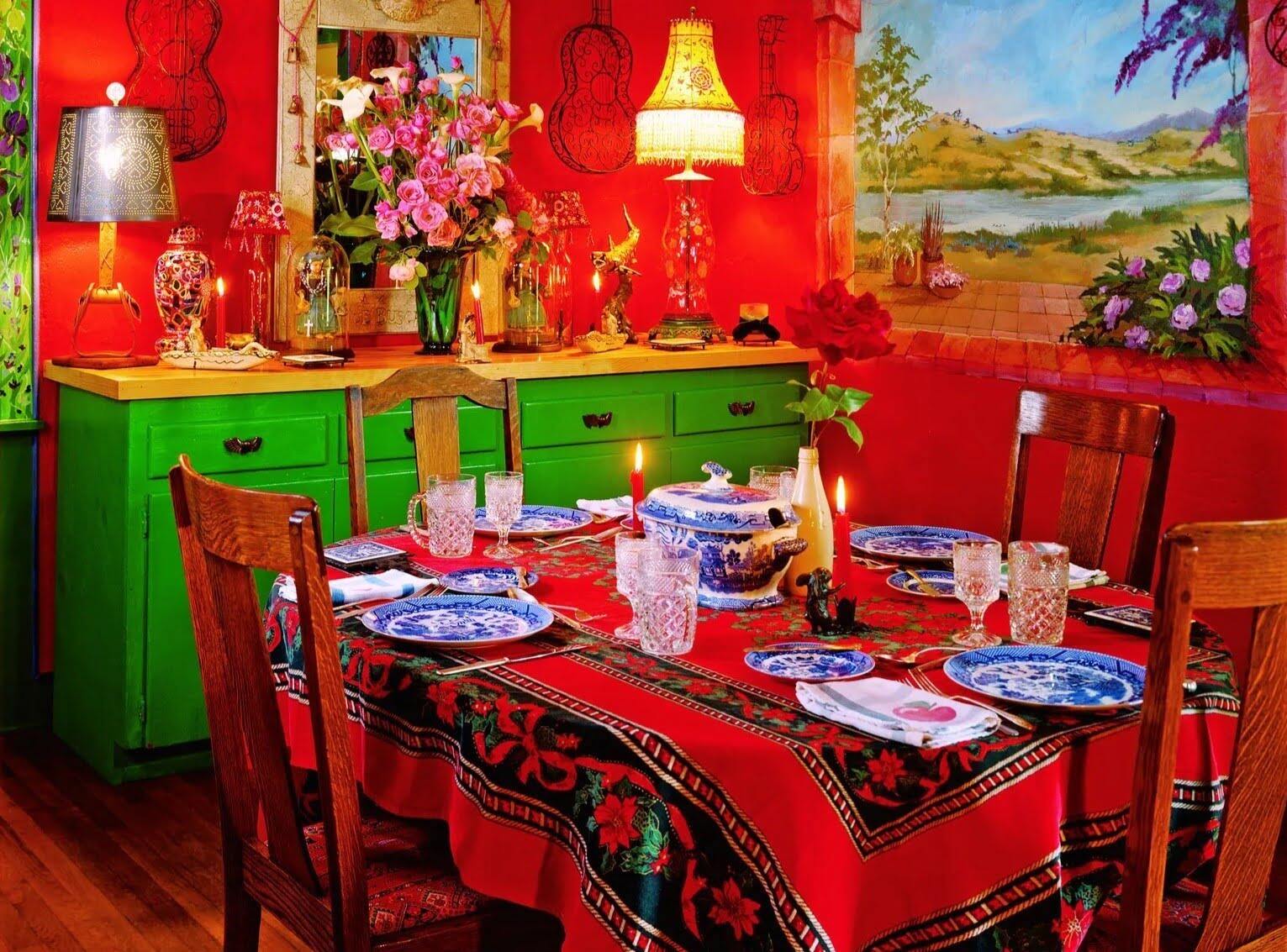
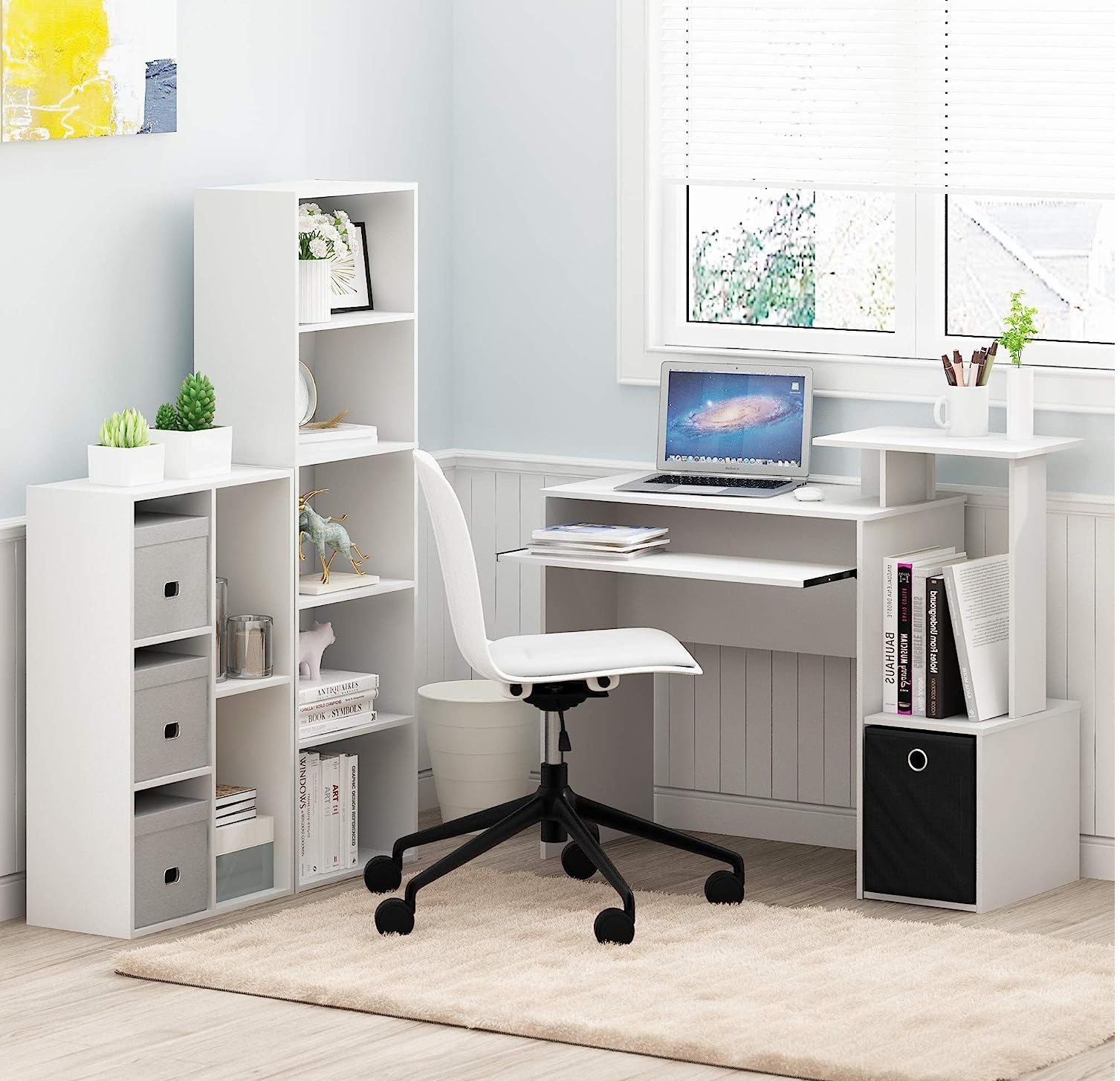
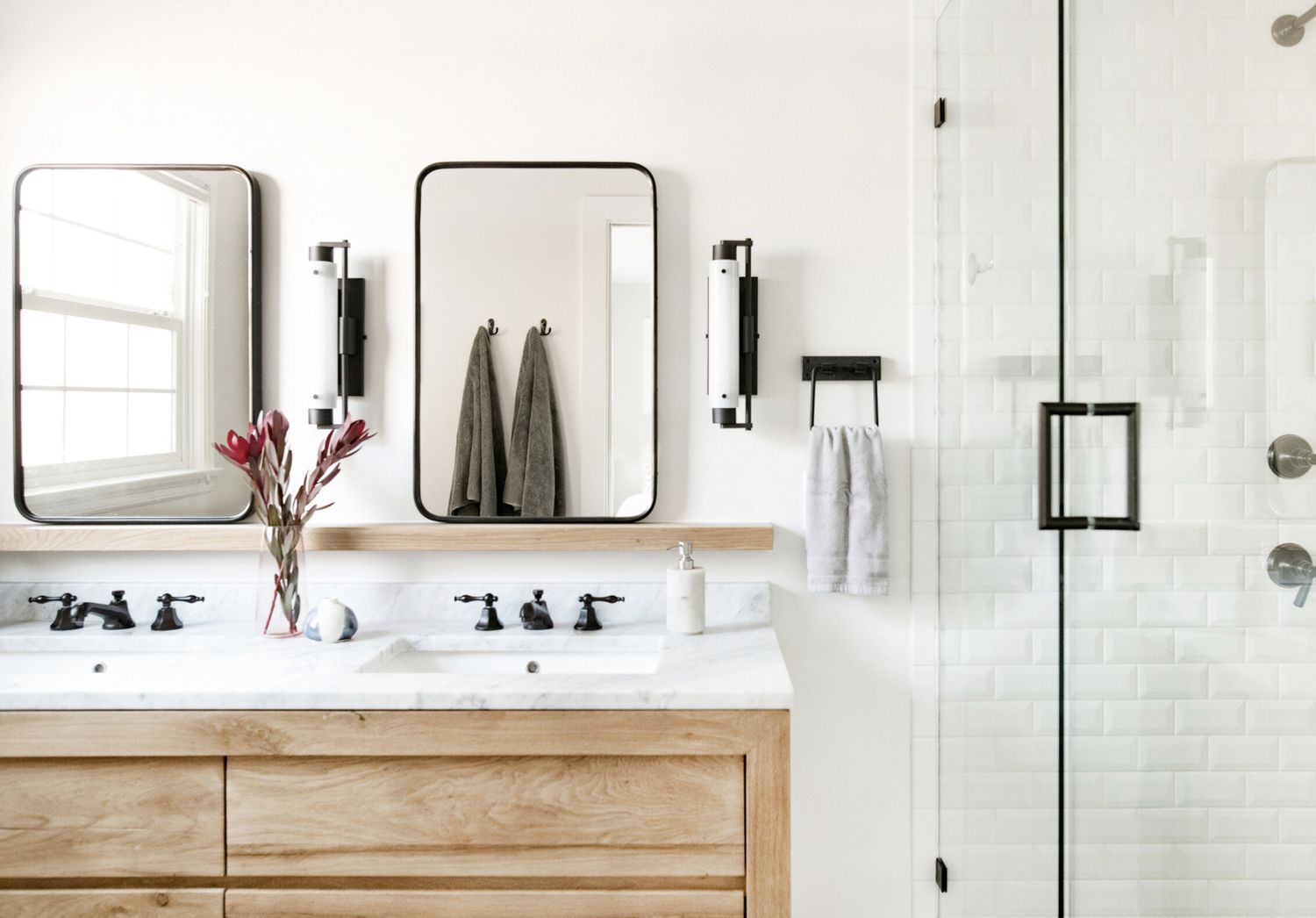
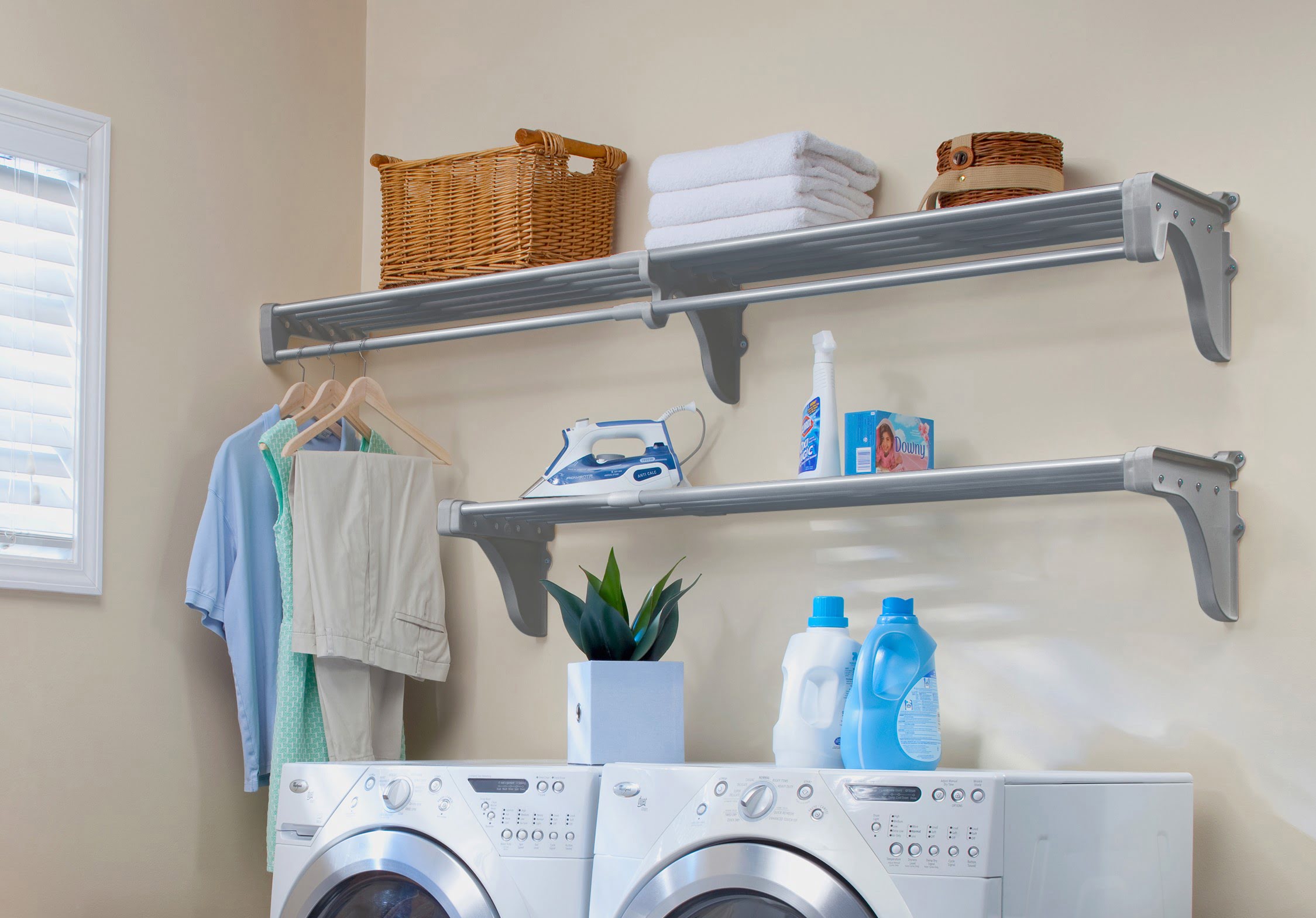
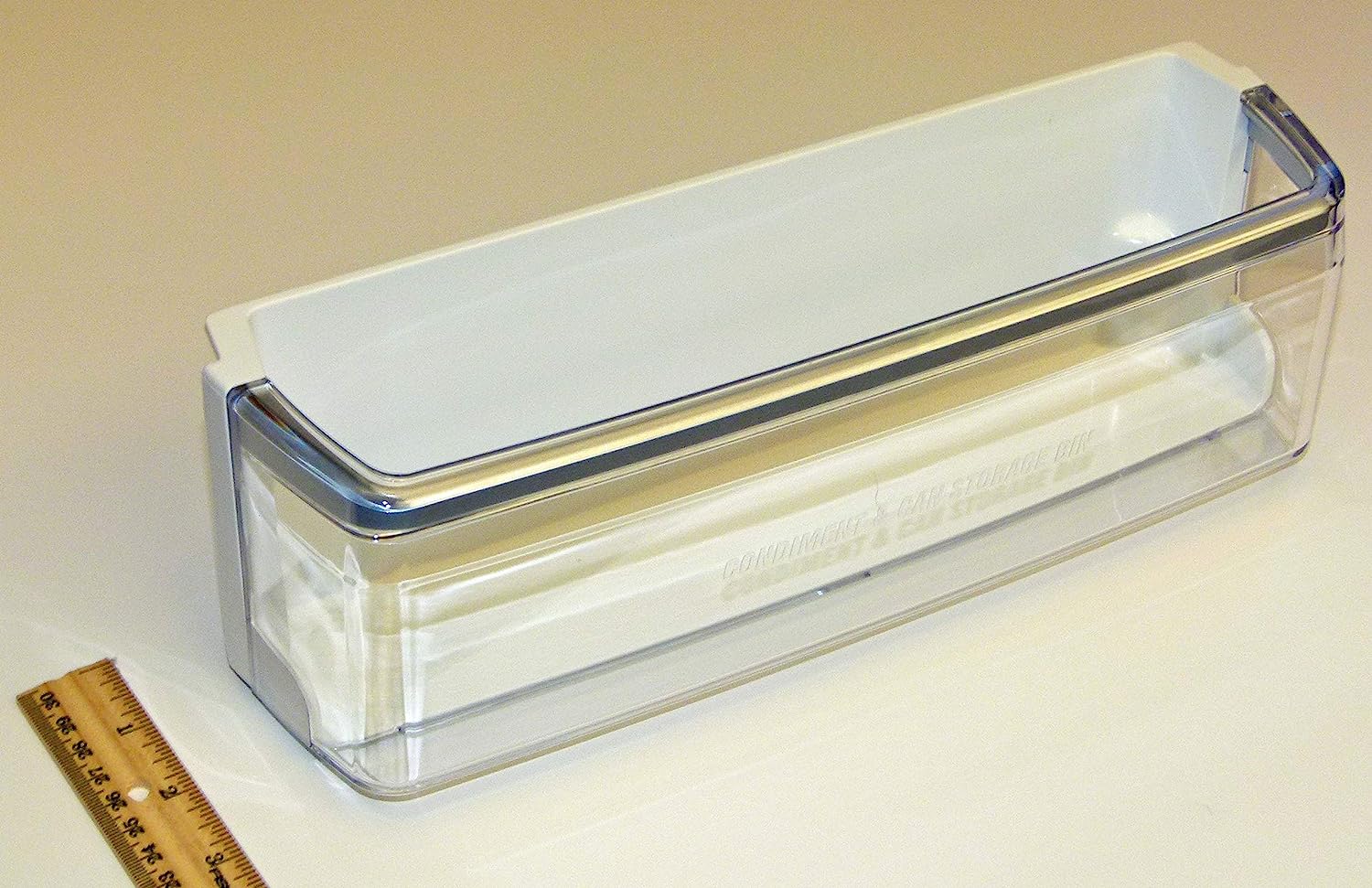
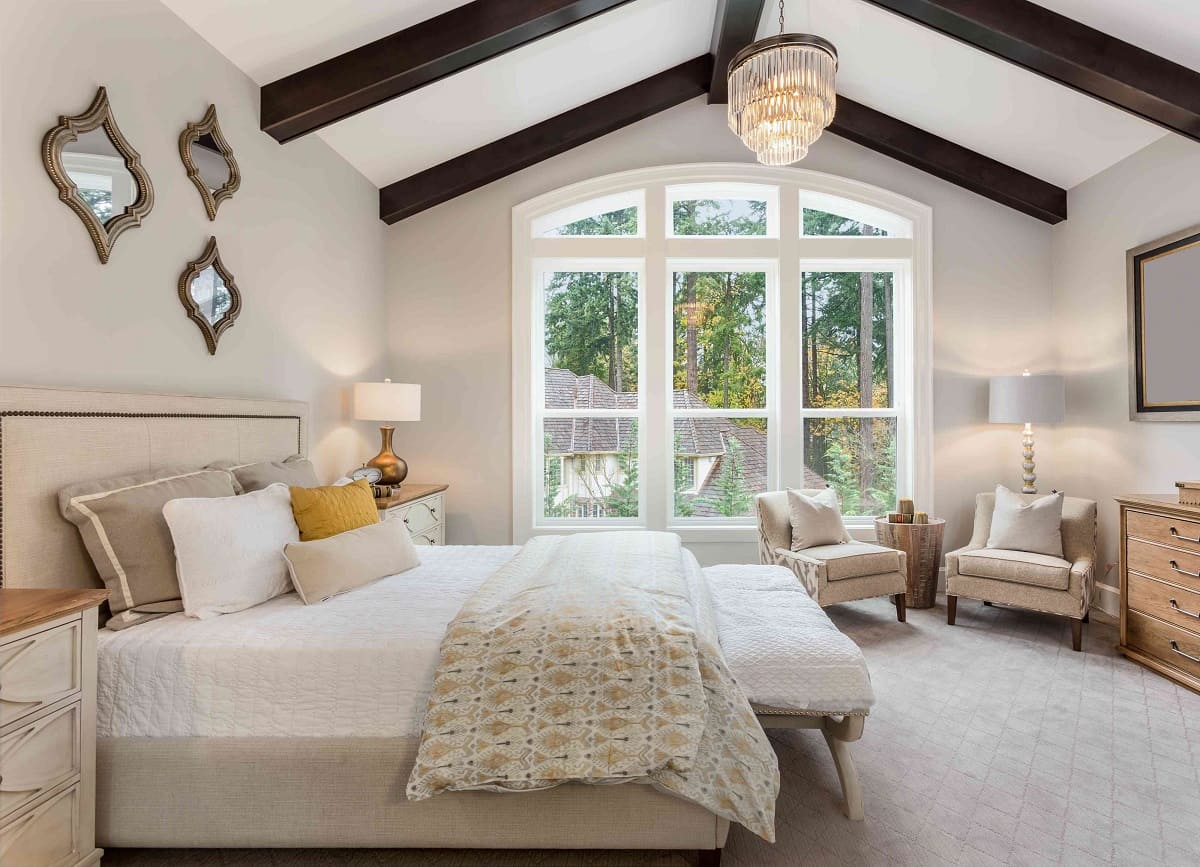
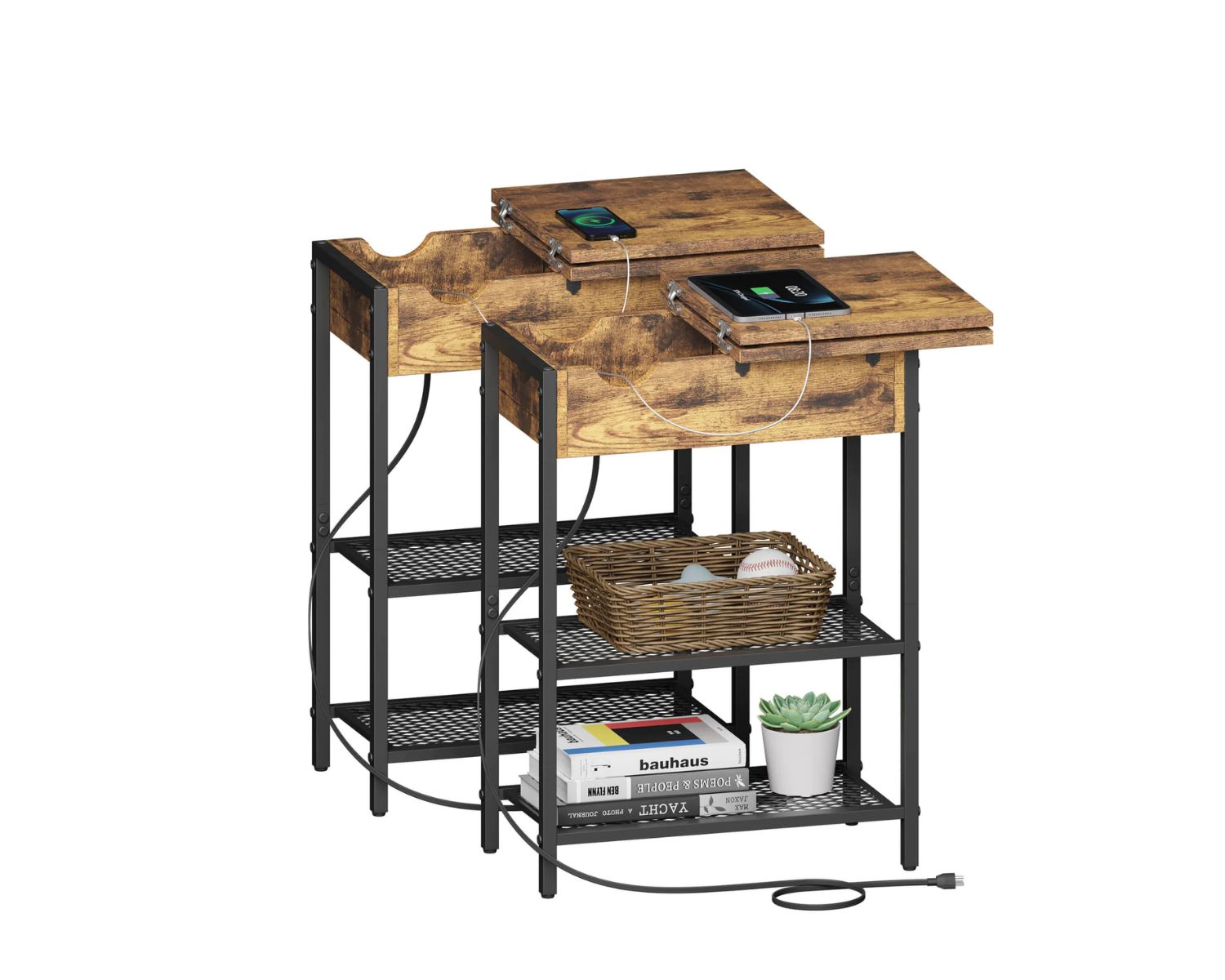
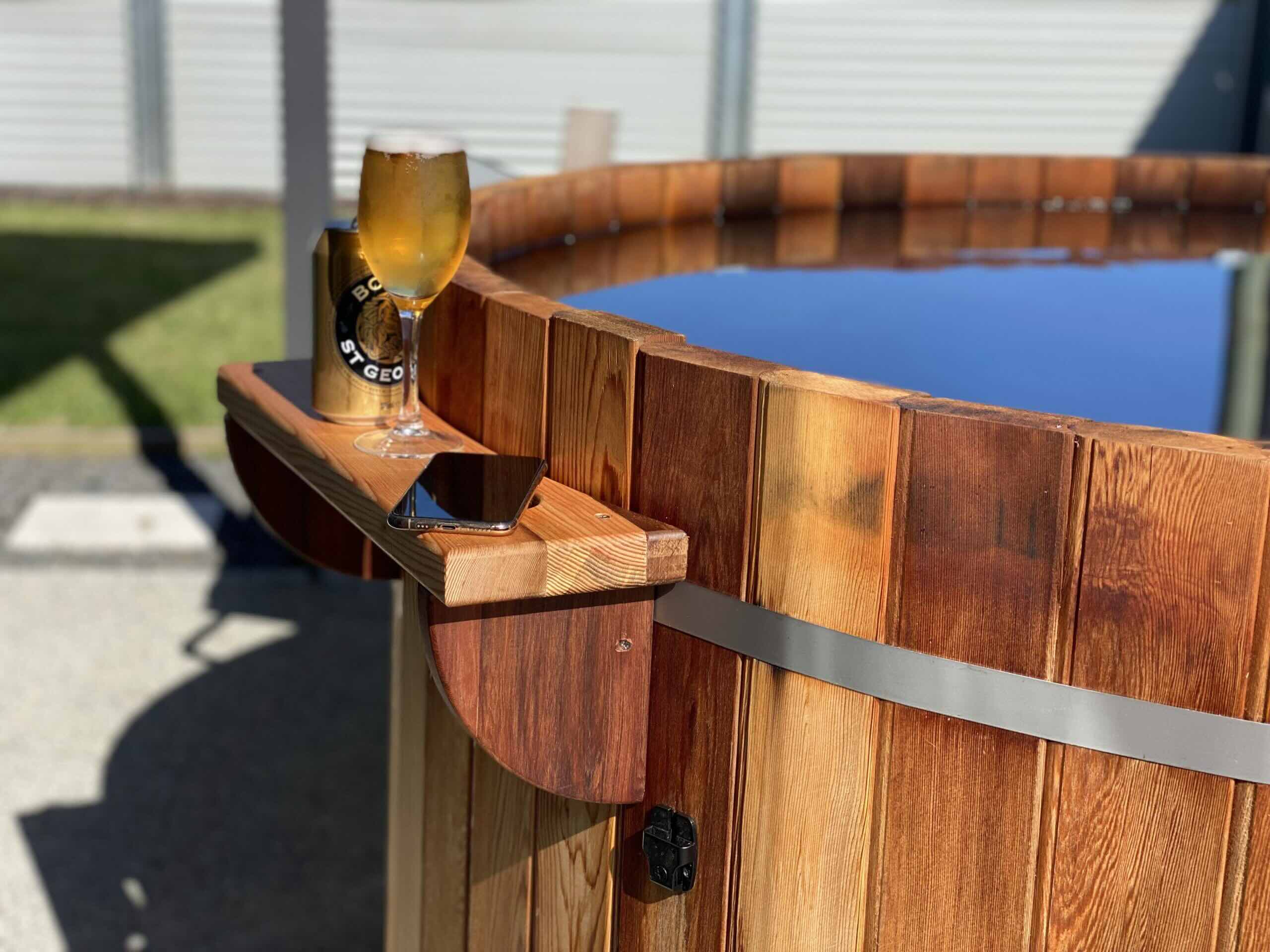

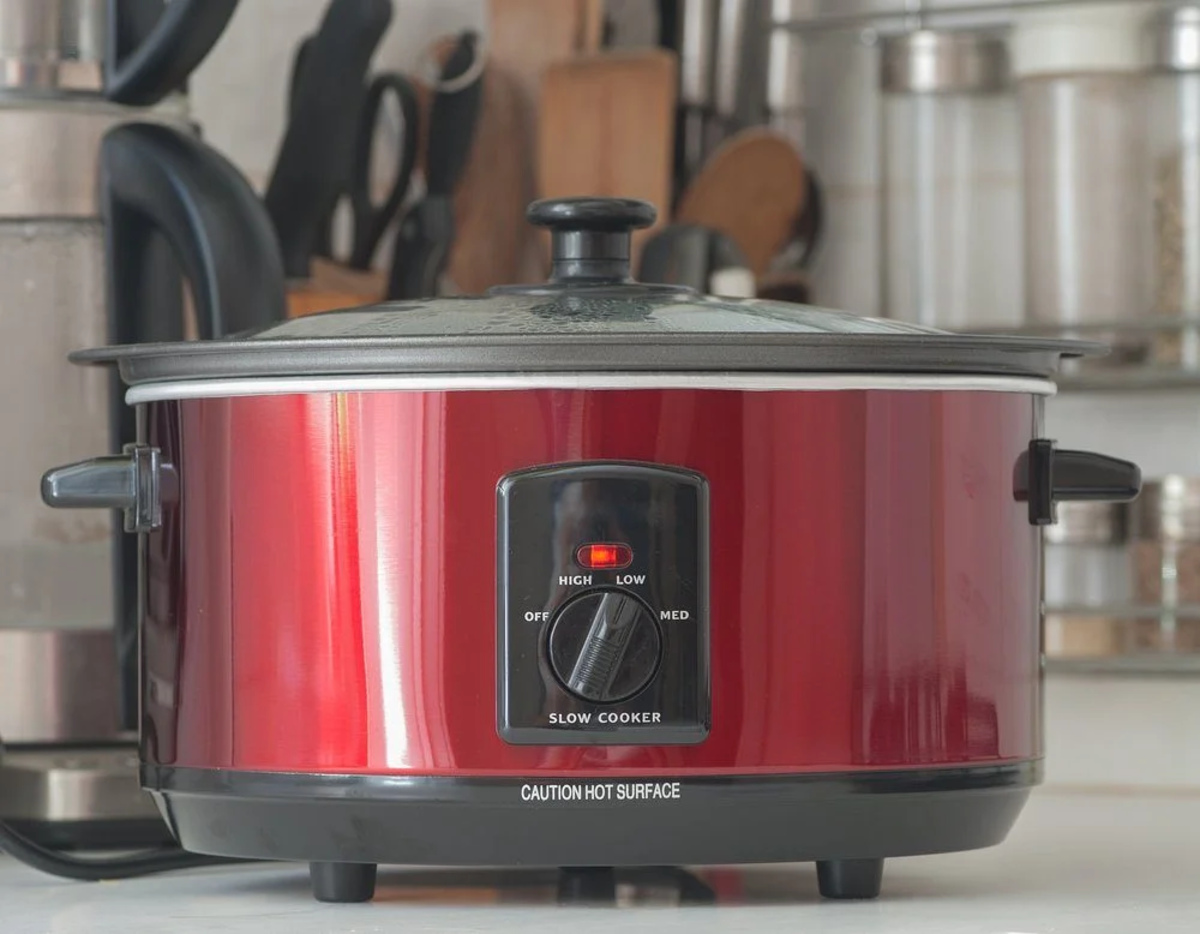
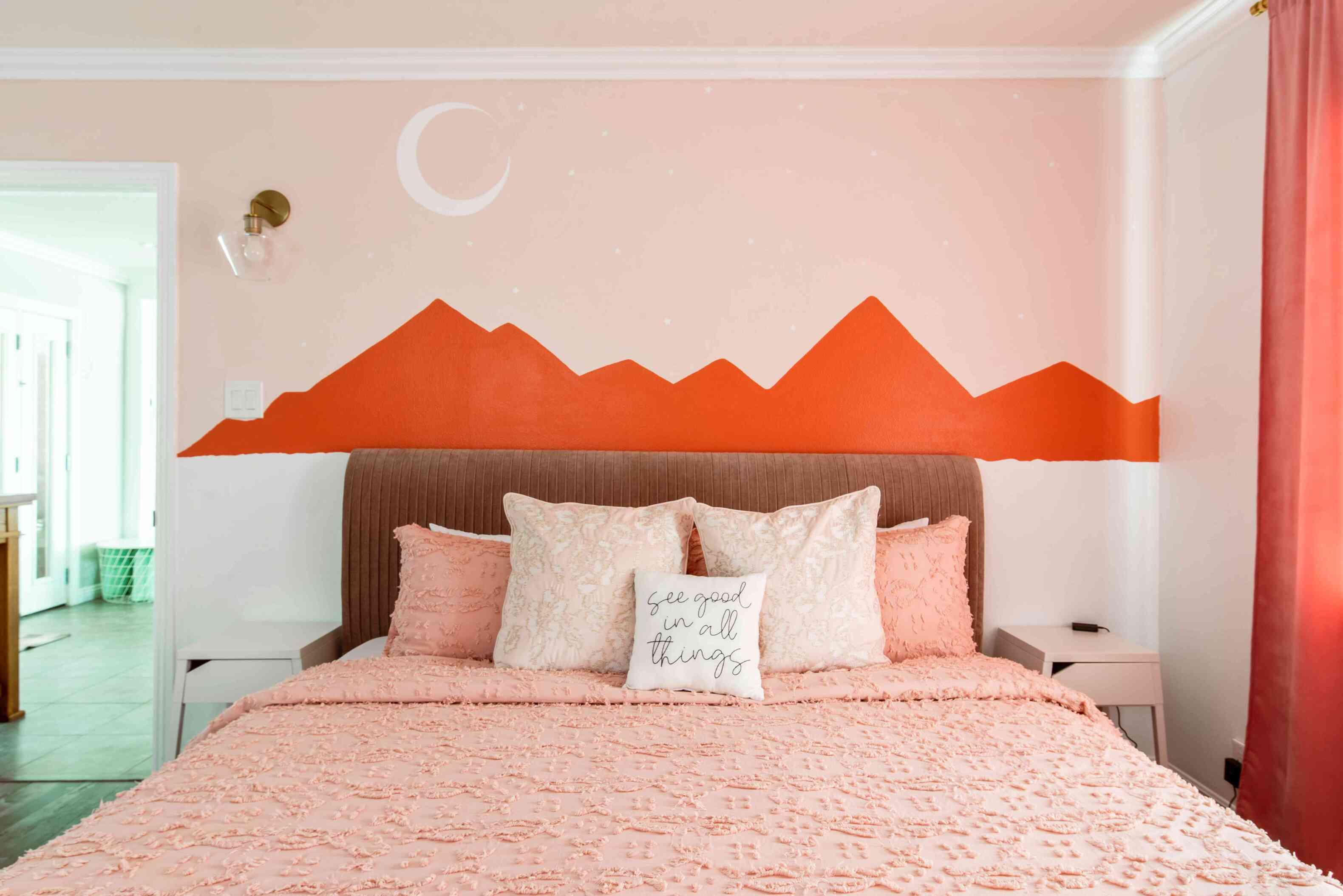
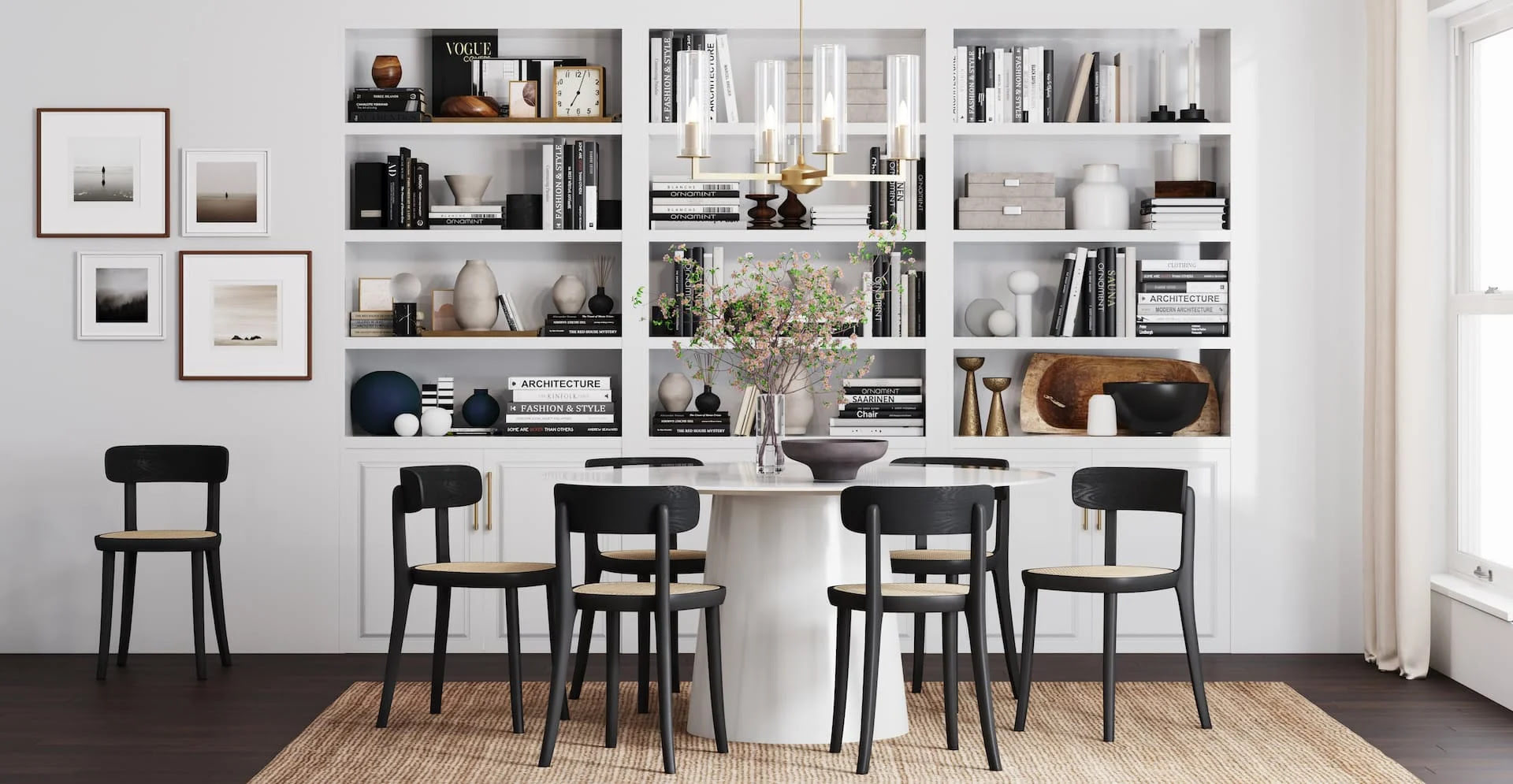
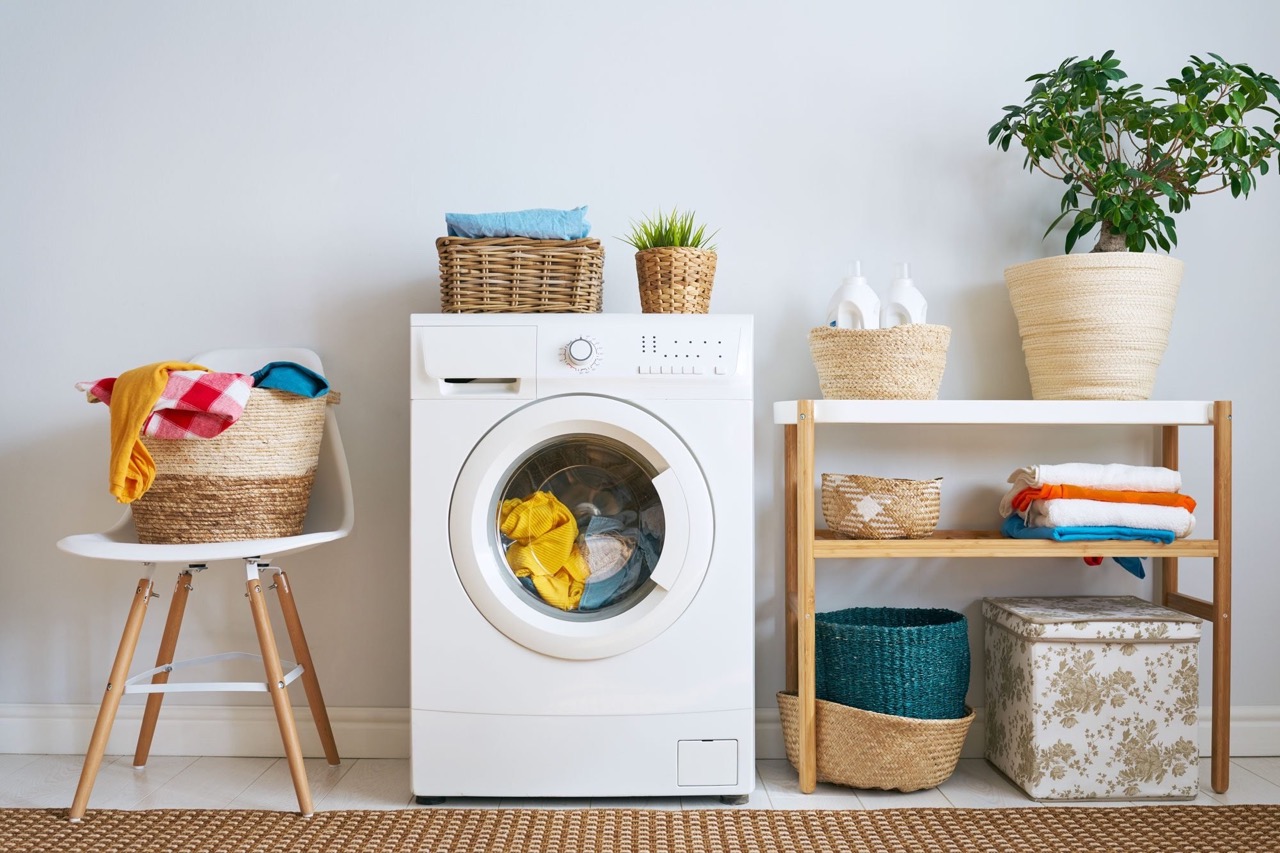

0 thoughts on “Styling A Shelf: 10 Expert Tips For A Pretty Vignette”